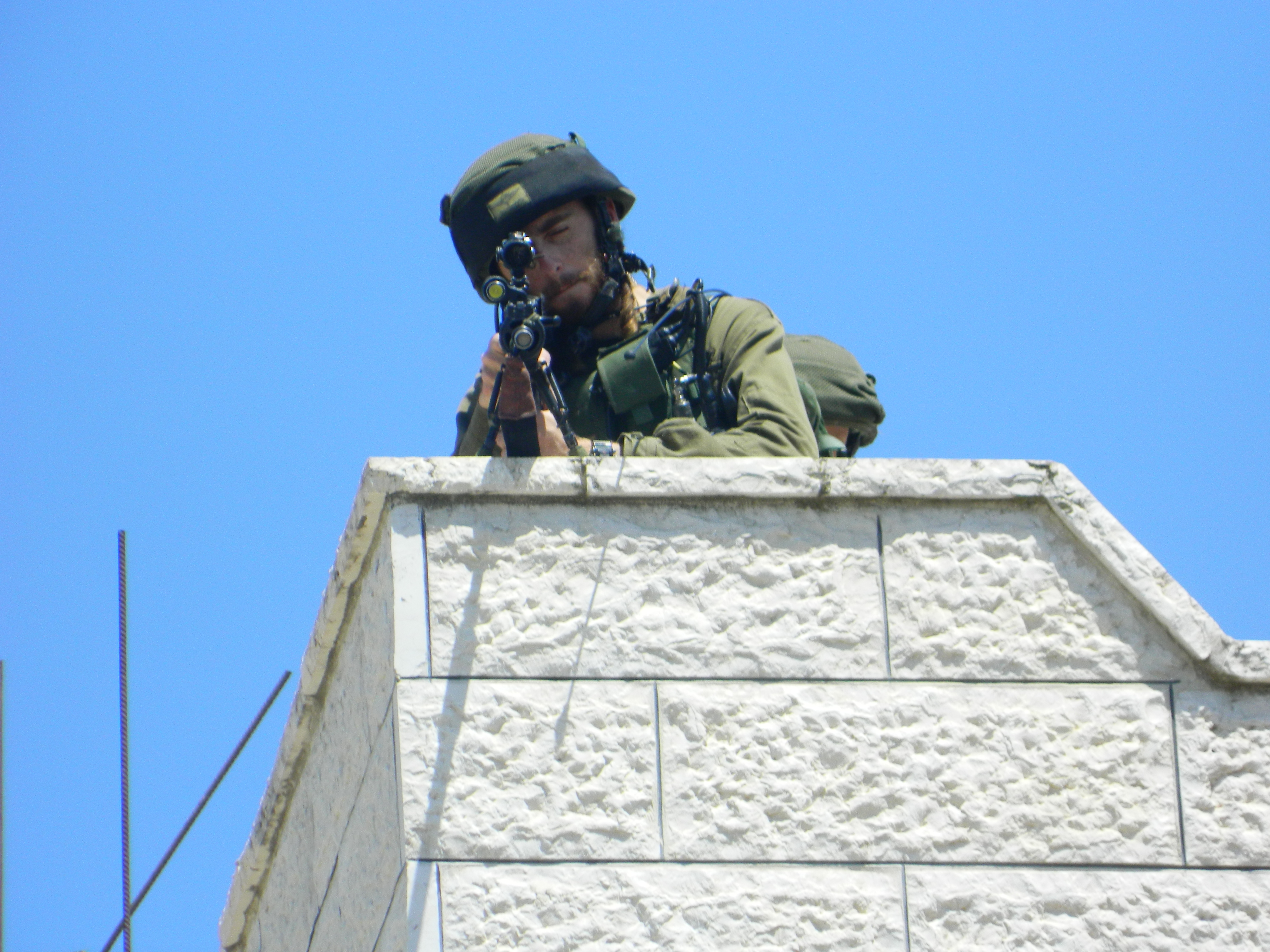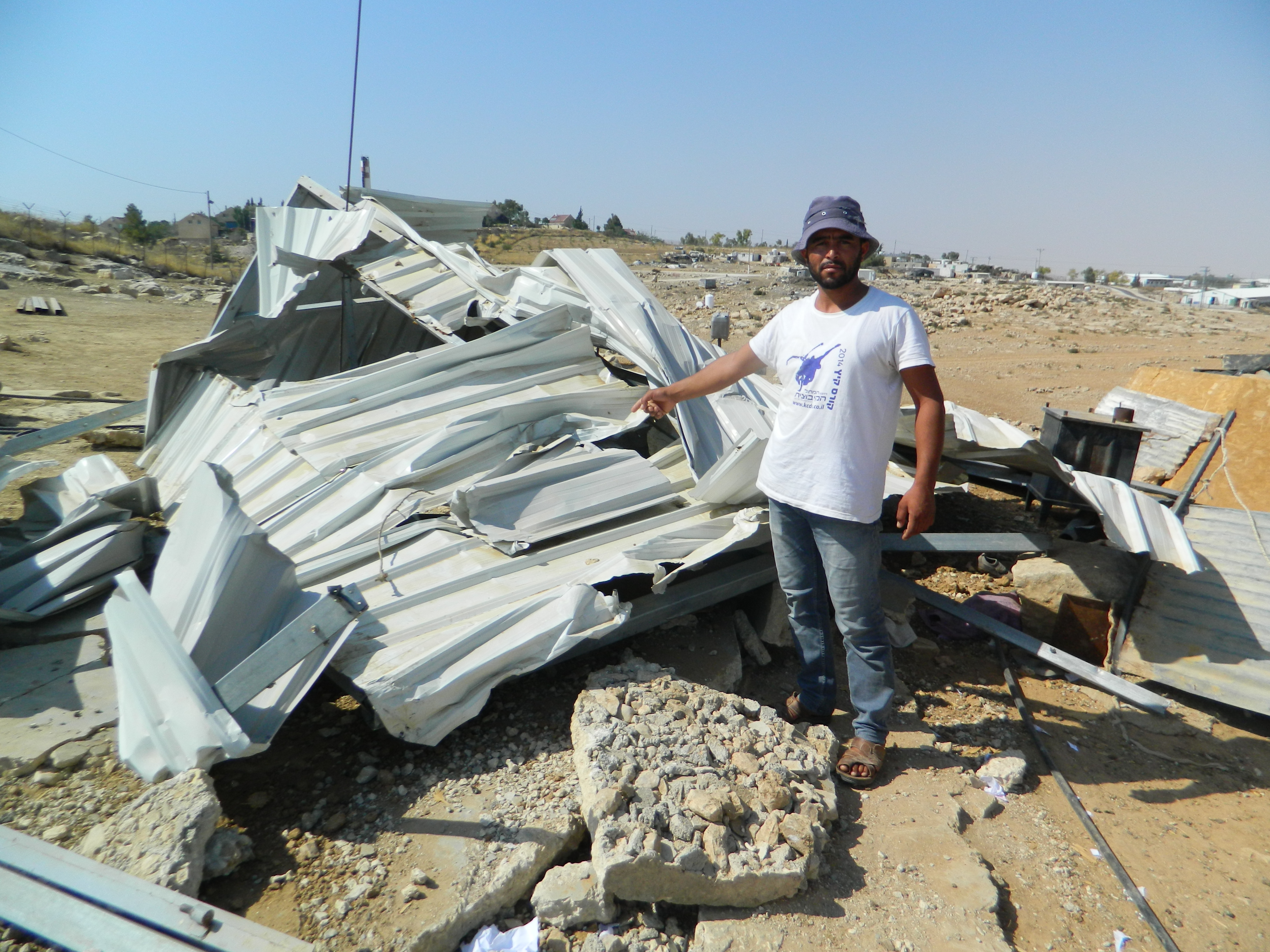Category: Journals
-
“It’s not very quiet there” – the invasion of Al Fawwar refugee camp
Tuesday morning at 8:30 we received a call from Badee Dwaik, one of the co-ordinators of Human Rights Defenders, a Palestinian human rights group, about the unfolding situation in Al Fawwar refugee camp. Around 2:00 that morning, hundreds of Israeli soldiers invaded the village. Claiming they were looking for weapons, they went from home to…
-
Israeli Border Police question Palestinian children
10th August 2016 | International Solidarity Movement, Khalil team | Hebron, occupied Palestine What started and should have ended a few hours ago as a scuffle between two boys ended up with a Israeli Border Police action that once again demonstrated the racism and oppression that Palestinians face in an occupied city. Close to Ibrahimi Mosque,…
-
Israeli military destroys six homes in Umm Khaeyr
9th August 2016 | International Solidarity Movement, Khalil team | Umm Khaeyr village, occupied Palestine On the morning of August 9, 2016, ten Israeli military jeeps each filled with five soldiers, arrived in the village of Umm Khaeyr. It was 6:30, and most people were still in bed. The soldiers made the people sit down,…



